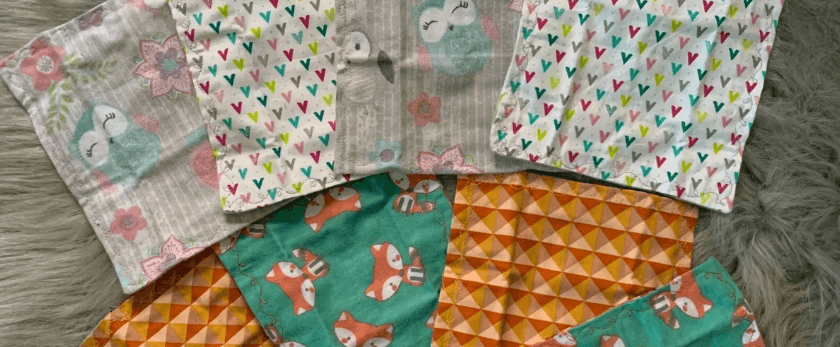In today's world, where environmental concerns are at an all-time high, it's important to consider the impact of our daily choices on the planet. From the food we eat to the products we use, every decision we make can have a significant effect on the environment. One item that often goes unnoticed is the humble washcloth. While it may seem like a small and insignificant item, the truth is that traditional washcloths can have a negative impact on the environment. However, there is a simple solution – making your own washcloths at home.
In this article, we will discuss why traditional washcloths are bad for the environment, the benefits of making your own washcloths, what you need to make them, and step-by-step directions to create your own eco-friendly washcloths.
Why Traditional Washcloths are Bad for the Environment
Traditional washcloths are typically made from cotton, which is a resource-intensive crop. It requires large amounts of water, pesticides, and fertilizers to grow, making it one of the most environmentally damaging crops. Additionally, the production of cotton involves the use of harmful chemicals and dyes, which can pollute water sources and harm wildlife.
Moreover, most traditional washcloths are not biodegradable. When disposed of, they end up in landfills where they take years to decompose, releasing harmful greenhouse gases into the atmosphere. This contributes to the growing problem of climate change.
Why Making Your Own Washcloths is Better for the Environment
Making your own washcloths is a simple and effective way to reduce your environmental impact. By using sustainable materials and following responsible disposal methods, you can significantly decrease your carbon footprint.
One of the main benefits of making your own washcloths is that you have control over the materials used. Instead of using cotton, which is resource-intensive, you can opt for more sustainable options such as organic cotton, bamboo, or hemp. These materials require less water and pesticides to grow, making them more environmentally friendly.
Additionally, making your own washcloths allows you to avoid the use of harmful chemicals and dyes. You can choose to use natural dyes or leave the fabric undyed, reducing the pollution caused by traditional production methods.
Furthermore, homemade washcloths are biodegradable, meaning they will break down naturally without releasing harmful chemicals into the environment. This makes them a more sustainable option compared to traditional washcloths.

What You Need to Make Homemade Washcloths
Making your own washcloths is a simple and affordable process. Here are the materials you will need:
- Sustainable fabric (organic cotton, bamboo, or hemp)
- Scissors
- Sewing machine or needle and thread
- Ruler or measuring tape
- Fabric marker or chalk
- Iron
- Optional: natural dyes or fabric paint for decoration
Step-by-Step Directions to Make Homemade Washcloths
-
Start by washing and drying your fabric to pre-shrink it. This will prevent your washcloths from shrinking after they are made.
-
Measure and cut your fabric into squares. The size of your washcloth is up to personal preference, but a standard size is around 10x10 inches.
-
Fold the edges of the fabric over by ¼ inch and iron them to create a clean edge.
-
Fold the edges over again by ¼ inch and iron them again. This will create a double-fold hem.
-
Sew along the folded edges using a sewing machine or by hand. This will secure the hem and prevent fraying.
-
Optional: If you want to add some decoration to your washcloths, you can use natural dyes or fabric paint to create patterns or designs. Follow the instructions on the dye or paint package for best results.
-
Once your washcloths are complete, wash them again to remove any excess dye or paint and let them air dry.
-
Your homemade washcloths are now ready to use!
Responsible Disposal of Homemade Washcloths
When your washcloths have reached the end of their life, it's important to dispose of them responsibly. As they are made from natural materials, they can be composted or buried in the ground, where they will decompose without harming the environment. You can also repurpose old washcloths as cleaning rags or donate them to animal shelters for use as bedding.
Conclusion
In conclusion, making your own washcloths is a simple and effective way to reduce your environmental impact. By using sustainable materials and following responsible disposal methods, you can contribute to a greener and more eco-friendly lifestyle. So why not give it a try and make your own washcloths today? Your planet will thank you.










